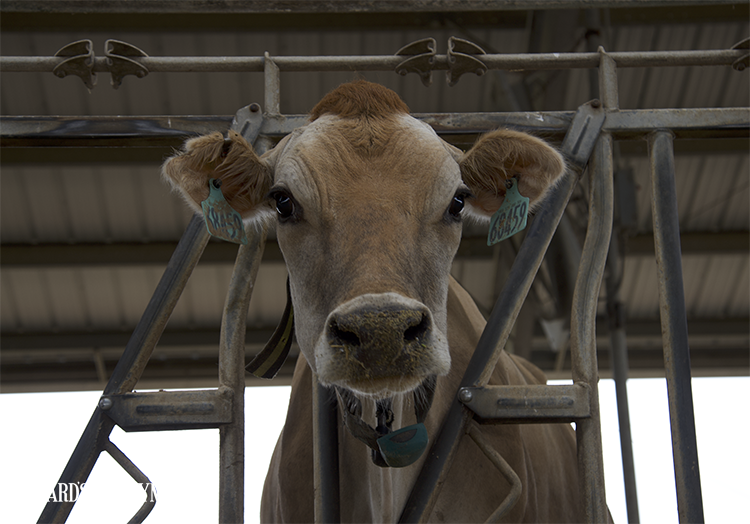
The practice of treating all dairy cows with intramammary antibiotics at the time of dry-off has been a successful management strategy for decades. Dry cow therapy has been proven to cure existing mastitis infections and prevent new infections from being introduced during the dry period.
More recently, with more eyes focused on on-farm antibiotic use, some dairy producers have gone from blanket dry cow therapy, which means every cow is treated, to selective dry cow therapy. Using this strategy, only cows that are expected to benefit from intramammary antibiotics are treated.
Many farms have put this practice into play very successfully. The key, though, is that selective dry cow therapy it is only a good decision for certain farms and for certain cows. In a recent Maryland Milk Moos newsletter, Sarah Potts, a dairy and beef extension specialist for the University of Maryland, shared criteria that should be considered before making this management change.
At the herd level, Potts wrote that selective dry cow therapy has been proven to be most effective in herds with an average annual bulk tank somatic cell count (SCC) under 250,000 cells/mL. “It is recommended that herds with an average SCC above 250,000 cells/mL address the herd-level mastitis issues before turning to selective dry cow therapy,” she advised.
Farms looking to use selective dry cow therapy should also have control over contagious mastitis pathogens, including Staphylococcus aureus and Streptococcus agalactiae, Potts noted. Proper milking and sanitation procedures help stop the spread of these causes of mastitis.
Another factor for success is having people who can properly and consistently administer dry treatment and teat sealant. If using selective treatment, the person or people responsible for dry treating cows must also be able to implement the screening protocol and monitor the results to determine if the program is working.
Even if selective dry cow therapy is used, Potts noted that the use of a teat sealant is still highly recommended for all cows. “A recent study indicated that selective dry cow therapy was just as effective as blanket dry cow therapy in improving and maintaining udder health during the subsequent lactation, but only when an internal teat sealant was utilized on every quarter of every cow,” she wrote.
To decide which cows are good candidates for selective dry cow therapy, Potts shared a few selection strategies. The first uses somatic cell count records. If a cow had a somatic cell count over 200,000 cells/mL at any point during the current lactation, more than two mastitis infections during the current lactation, or a mastitis infection within 14 days of dry-off, it should receive both intramammary antibiotics and a teat sealant. If none of these have occurred, Potts wrote that the cow does not need antibiotic treatment and can simply receive teat sealant in all four quarters.
For farms without individual SCC data, milk cultures can be collected a few days before dry-off to identify any potential problems. “Cows that show a positive culture should be treated with intramammary antibiotics and an internal teat sealant at dry-off,” Potts recommended.
To evaluate if selective dry cow therapy is working on a dairy, cow-level SCC should be carefully monitored, especially in early lactation. Any uptick of mastitis during the dry period is also a reason to assess the program. Potts noted that producers should work with their veterinarian to develop a dry-off and mastitis treatment protocol that fits their farm’s specific needs.








